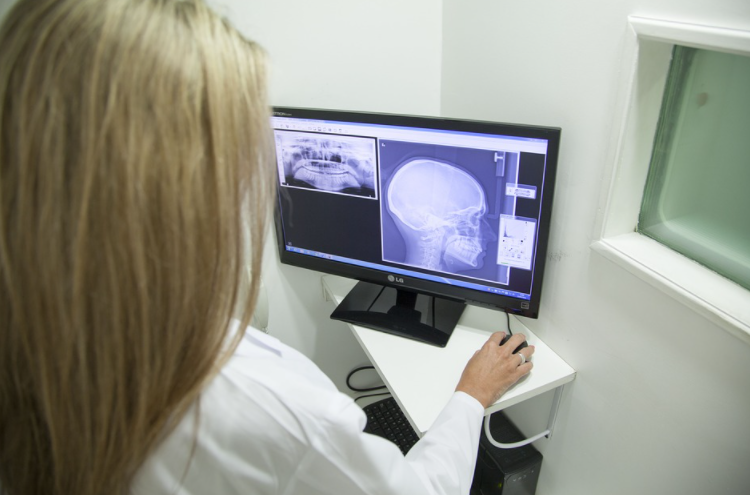Healthcare Simulation Technology Conferences

Medical conferences are recognized as an international association of physicians, physician assistants, nurses, medical students, and healthcare professionals who discuss healthcare technology, new inventions, and knowledge. The most common problem medical conferences discuss it is simulated medical care. You should learn more about it and start building a connection with thousands of medical experts and healthcare professionals at https://www.sesam-web.org/events/event/sesam-paris-2017/. Medical education leaders come together to discuss their ideas and experiences to improve teaching practice. This article will learn how healthcare simulation technology conferences benefit healthcare students and professionals.

The Importance of Medical Conferences
Numerous sessions and assignments have been conducted for various teachers and researchers to discuss and expose fascinating approaches, inventions, and ongoing medical education interventions. It is a platform for people with similar interests. The medical conference is essential to create a community with others, participate in seminars and workshops, and showcase one’s work through presentations. These workshops contribute to program implementation and design, skills assessment and analysis, simulation and surveillance logs, and moral or policy issues in health care. Programs are made to participate in these types of matches. The entire application is prepared, taking into account the conference’s time and the question and answer session.
Introduction to Healthcare Simulation
As mentioned above, healthcare simulation is the main focus of many medical conferences. Therefore, we will also discuss healthcare simulation. Healthcare simulation is a technique used to replace or enhance real-world experiences with guided exercises that evoke or reproduce significant aspects of the real world in an interactive way. Healthcare simulation uses many different tools, from healthcare environments that are immersive or nearly identical to those found in a real-world clinical setting to enhanced virtual healthcare environments. In the immersive montage, people alone or together with technologically advanced mannequins can represent strange and normal anatomy. It could create interactive montages in which non-emergent scenarios are performed to develop safe exercise arenas for students’ external danger to patients and the possibility of psychological harm to students in someone’s mistake. However, the usual drawback of electronic simulation ceasing to be practical training has turned into a considerable advantage in an era of coronavirus. The virtual simulation could fill the wellness training void when medical arenas are closed.
Simulation Facilities for Healthcare Students and Professionals
Simulation frameworks are nearly ubiquitous in nursing and healthcare schools. Many healthcare programs now integrate simulation into face-to-face encounters and fortify educational content. Over the past two decades, simulation has gained popularity for excellent healthcare software because its effectiveness is supported by research and offers clear academic benefits. It is a game-changer in terms of health education standards and openness to student learning. But: we’ve never had to do this before because we now have no gastrointestinal experience, regardless of or in conjunction with a digital simulation, that the great mass cannot entirely replace clinical classes using virtual simulation.



